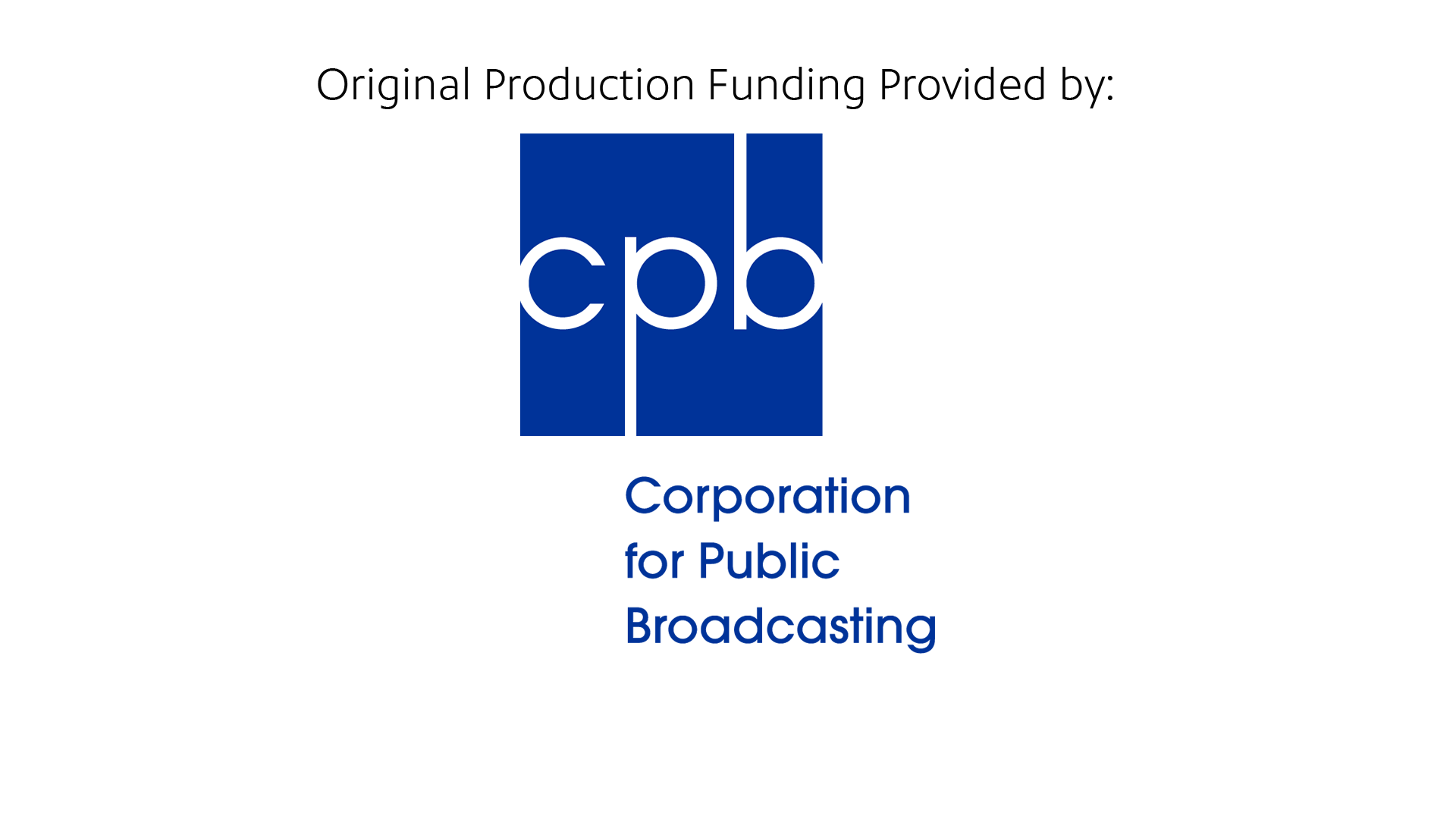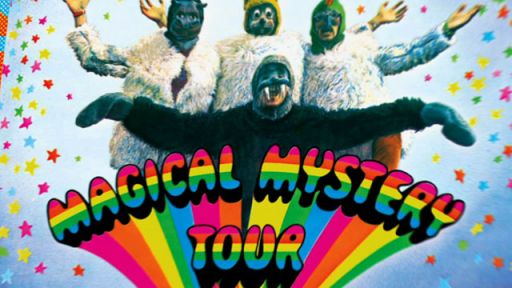TRANSCRIPT
And so I played a few notes, and I said, Wow, this is amazing instrument.
It's such a great sound.
And so they said, How would you like to play it for the long term?
♪♪ I was working away in the practice room and I heard my phone ringing, so I quickly declined the call.
Assuming that it was a spam call and went back to practicing and a few minutes later I looked at the voicemail and it had written out a kind of summary of the voicemail, and I saw the words Avery Fisher Career Grant.
So instantly I was hopeful and called the number back before I read the rest of the message.
And I got the great news that I was awarded the Avery Fisher Career Grant.
My interest in music began probably before I was even born because my older brother played the violin, and so I was born into an already musical household, although my parents were not musicians.
And so I wanted to be just like my brother and start violin as soon as possible.
So I started playing at the age of two.
I've had relatively few teachers compared to some people throughout my career, so my first teacher was Gabriela Bonet, who guided me through a few years of just early violin learning.
And then I studied with Amy Beth Horman in Washington, D.C.
for quite a few years.
Then when I was 13, my my most important change in teaching maybe came when I started to study with Almita and Roland Vamos, the husband-wife couple who teaches near Chicago.
So Mrs.
Vamos really changed everything about my technical setup and my approach to music and in a way created the violinist I am today.
And for the last six years I've been studying with Don Weilerstein in Boston at the New England Conservatory.
What he's so great at is helping me express the ideas I want to, but express them on a larger scale.
So not just I, but also the whole audience can hear what I'm trying to do.
I play a violin made in 1640 by Niccolo Amati in Cremona, and this violin has been my companion for a little over two years now.
I was offered this violin on a generous long term loan from the Stradivari Society of Chicago, which is a foundation that operates through this shop, Bein & Fushi in downtown Chicago.
And so one day I came into the shop and I was given this violin and they asked, You know, just try it and see, see what you think.
And so I played a few notes and I said, Wow.
This is amazing instrument.
It's such a great sound.
And so they said, how would you like to play it for the long term?
Of course, I instantly said yes, and I've had it ever since.
♪♪ I'll be performing Robert Schumann's Fantasie in C major, Opus 131, originally written for violin and orchestra.
But I'll be performing the arrangement for violin and piano.
So the Fantastie is one of his more overlooked works.
And even many violinists I talked to have never heard it.
I had never heard it until a couple of years ago, and that's in part because he wrote it at the very end of his life.
And so this was right before he unfortunately had to be committed to an institution.
And he he had some really serious mental health struggles and eventually died in that institution after a few years.
And so these works from the period right before he went into the institution, have something of a stigma around them.
His wife, Clara Schumann, wanted them to be hidden away and not performed because she felt that they revealed a little too much of his his struggling mental state.
But I think the pieces from his his late period have a really special kind of vulnerability and also inventiveness.
He was always still searching for new directions to take in this composition and still experimenting.
And so I think some of those experiments might have been taken as signs of mental instability when really they were just a composer trying new things.
And so I'm making a somewhat my mission to play this piece a little more often.
♪♪ The Fantasie is a concert piece that's self-contained within 15 minutes, and it's in somewhat standard sonata form.
There's a slow introduction, the piano, and then I will play a slow introduction, and then we hear the main theme and the exposition, which is kind of the first presentation of this material.
And then there's a short development section that takes us through some other material and transforms what we've already heard.
And then we have in the recapitulation a return to the material from the beginning and before the end there's also a cadenza in which I play unaccompanied and then finally a very difficult ending.
And throughout this piece there's so much virtuosity.
One of my favorite and also least favorite things is how Schumann will pack so many notes into one scale.
I think maybe the craziest example is when he gives me 17 notes to play in about one and a half seconds.
So that's quite a challenge.
♪♪ There are many instrument related expenses like insurance or maintenance.
And so this is probably how I will mainly allocate the money and maybe to also searching for a new, new bow.
I think it could be helpful that.







